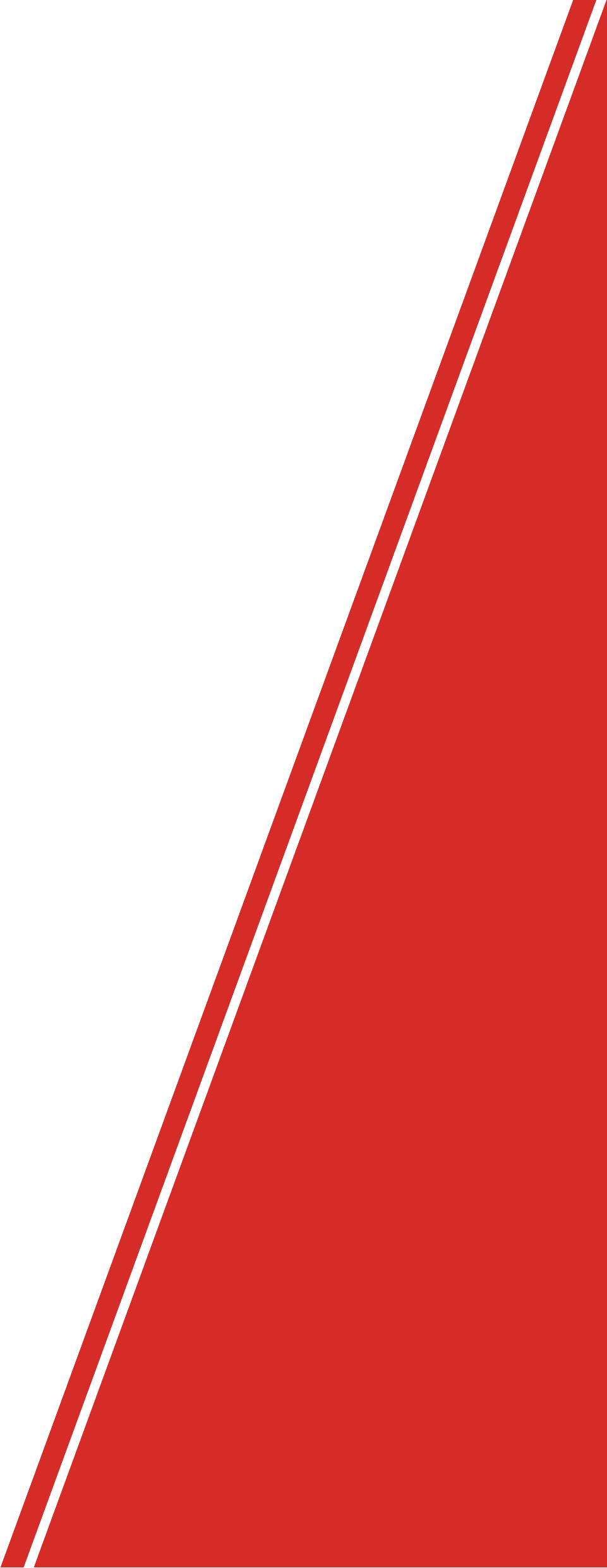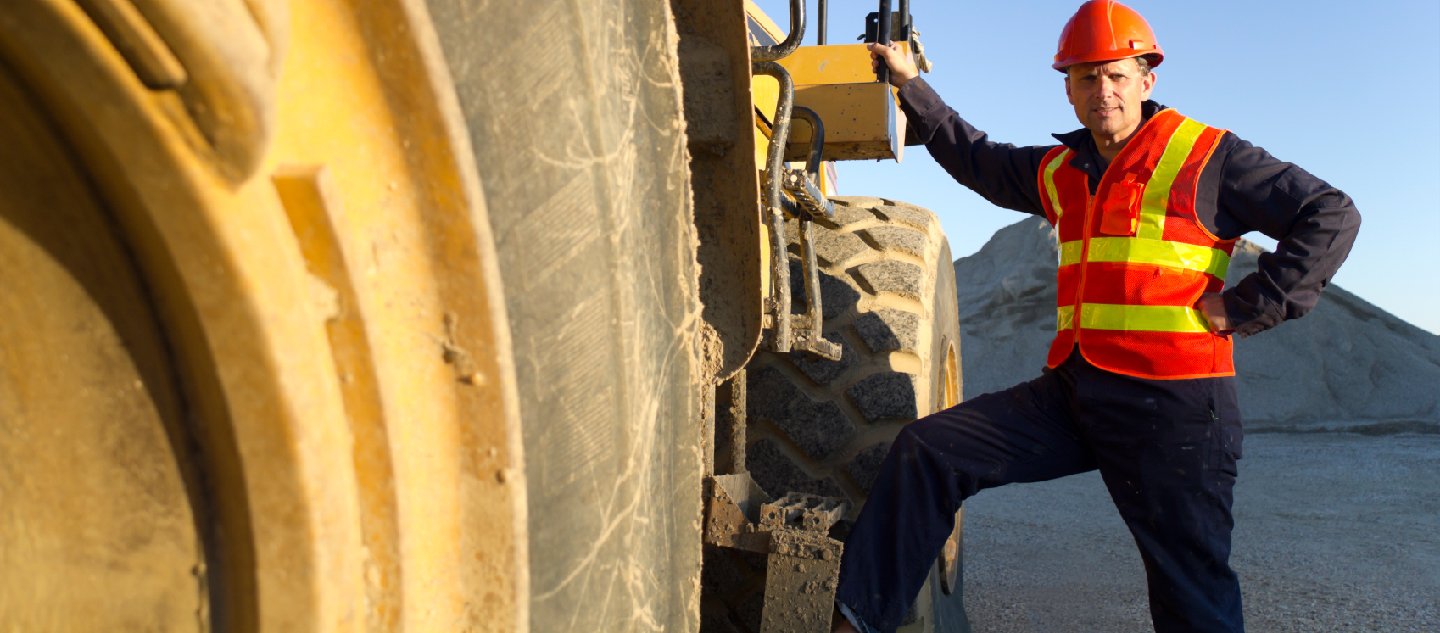
Canadian Regulations for Testing
A high-level highlight of the Canadian Model, DOT regulations, and any other pertaining regulations.
Canadian Model for Providing a Safe Workplace: Alcohol and Drug Guidelines and Work Rule The COAA Model represents a collaborative approach to the development and implementation of a standardized alcohol and drug policy for construction industry stakeholders. This Model provides best practices to act as a guideline for running a drug and alcohol testing program. Most recently updated on July 1, 2018, the COAA Model closely follows the standards and procedures outlined in the US DOT (CFR 49 Part 40) for alcohol and drug testing. Notable exceptions to this mirroring of the US DOT Model are the inclusion of lab-based oral fluid testing (but not instant oral fluid) as a potential matrix for testing, and the exclusion of random testing as a requirement.
U.S. Department of Transportation (DOT): Procedures for Transportation Workplace Drug and Alcohol Testing Programs The U.S. Department of Transportation (DOT) Model provides a comprehensive set of procedures and standards for alcohol and drug testing. Adherence to this model is a requirement for any transportation company that crosses the Canadian/U.S. border as part of their business. Closely mirrored by the COAA Model, notable differences are the mandatory use of lab-based urine testing for all test reasons as well as mandatory random testing for all drivers that fall under these regulations.



